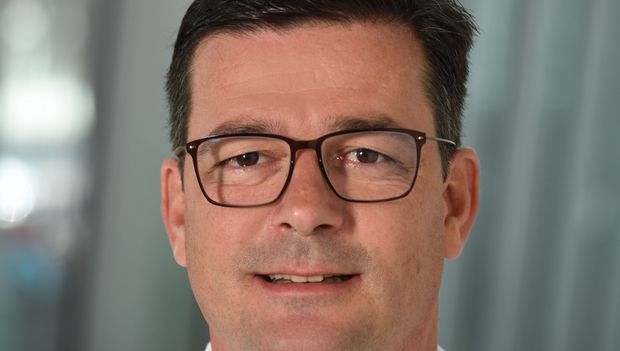University Medicine: High-tech implants to improve healing bone fractures.

We spoke with Tobias Gotterbarm, a JKU med professor and head of the Department of Orthopedics & Traumatology, about the new “biphasic” plate.
What is this innovative plate exactly, and how is it structured?
Univ. Prof. Dr. med. Tobias Gotterbarm: The “biphasic” plate is made out of medical stainless steel and using screws, the plate can be attached to an injured bone. On account of its specific design, a built-in spring mechanism allows for a defined motion of the fractured site while avoiding overloading. This increases implant strength, supporting early weight bearing and preventing implant fatigue failure.
Why is the new implant such an important milestone? Have there been any problems been so far?
Tobias Gotterbarm, M.D.: Multiple fragment fractures of long tubular bones, particularly the lower section of the femur, continue to be surgically challenging because these fractures are technically difficult to master around the knee joint. If the bone does not heal well, it could result in an inability to walk and that, naturally, impacts everyday life.
Until now, the plates were one, solid piece, providing only increased stability. Once implanted, the biphasic plate supports walking by helping to alternate the weight load on the fractured bone. The first clinical application in Austria took place at the University Hospital for Orthopedics and Traumatology. The Kepler University Hospital is also part of an international, multicenter observational study supervised by the AO Research Institute Davos, in order to clinically test the high-tech implant.











